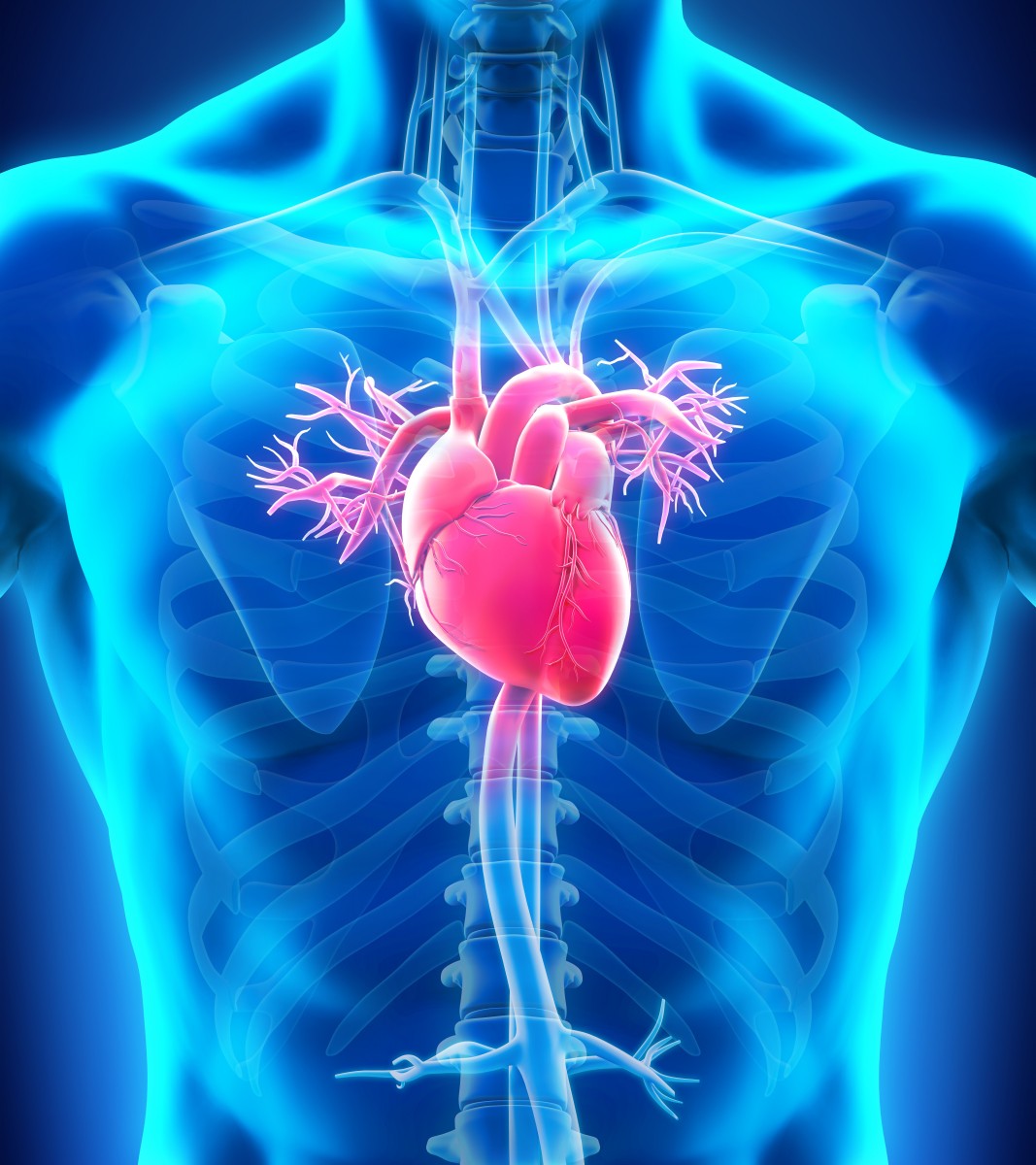Analysis Highlights Importance of Risk Assessment in Cardiac Sarcoidosis

A new statistical analysis of Finland’s nationwide cardiac sarcoidosis (CS) registry found that sudden cardiac death plays a significant role in the outcome of CS patients, affirming the importance of risk assessment in this patient population.
The study, “Sudden death in cardiac sarcoidosis: an analysis of nationwide clinical and cause-of-death registries,” was published in the European Heart Journal.
CS is a type of inflammatory heart disease characterized by the clustering of white blood cells, or granulomas, in heart tissue. Granulomas that form in parts of the heart muscle that conduct electrical signals can cause irregular heartbeats (arrhythmias), and in some cases, heart failure.
Typically, CS is diagnosed following the detection of abnormal heartbeat patterns, such as atrioventricular block or ventricular tachycardia (fast resting heart rate), as measured on an electrocardiogram (ECG) or an echocardiogram (heart sonogram). However, in some cases, CS is only diagnosed following an autopsy after a sudden, fatal cardiac event.
Within the research community, there is an ongoing debate regarding the diagnosis and outcomes of these CS patients who are diagnosed after death — and who are thus considered clinically silent.
To address this uncertainty, researchers in Finland analyzed CS patients’ records between 1998 and 2015, collected by the Myocardial Inflammatory Diseases in Finland (MIDFIN) study group, a nationwide clinical registry that curates CS patient information regarding diagnosis.
The team also analyzed Finland’s national cause-of-death registry to identify clinically silent cases of CS that ended in sudden cardiac death over the same period.
Researchers identified 351 cases of CS (mean age 52 years). The most common first sign of CS was atrioventricular block in 42% of patients; followed by left ventricular dysfunction with heart failure (17%); unexpected or aborted sudden cardiac death (14%), and sustained ventricular tachycardia (14%).
In total, 84 deaths were recorded over the study period; only 22 of them (26%) occurred in patients diagnosed with CS while they were alive.
Unexpected sudden cardiac death was found to be an important factor in CS outcomes, accounting for up to 80% of all fatalities in the CS cohort analyzed. Of note, sudden cardiac death from clinically silent CS was responsible for more than 40% of fatal CS cases.
Interestingly, the researchers found that almost two-thirds of CS deaths were caused by “hidden or misdiagnosed cardiac involvement.”
Researchers also estimated CS survival based on the data obtained. They reported that patients with CS have an 85% chance of living beyond five years after symptom onset, and a 76% chance of living beyond 10 years. With treatment, these estimates increased to 93% and 87% for 5- and 10-year survival, respectively.
The data also showed a substantial increase in CS diagnosis over the time period analyzed, in addition to an increase in postmortem CS diagnosis and CS-linked deaths. According to the team, while the increase in diagnosis may be attributed to growing CS awareness and improvements in diagnostic tools, the increase in silent CS cases remains unclear.
Overall, the team concluded that “together, fatal and aborted [sudden cardiac death] constitute 14% of the presenting manifestations of CS,” and that “nearly two-thirds of all fatalities from CS are caused by undiagnosed granulomas in the heart.”
“The dominant role of SCD as the mode of death in CS emphasizes the importance of assessing the risk of fatal arrhythmias and planning preventive measures in each patient,” the researchers noted.






